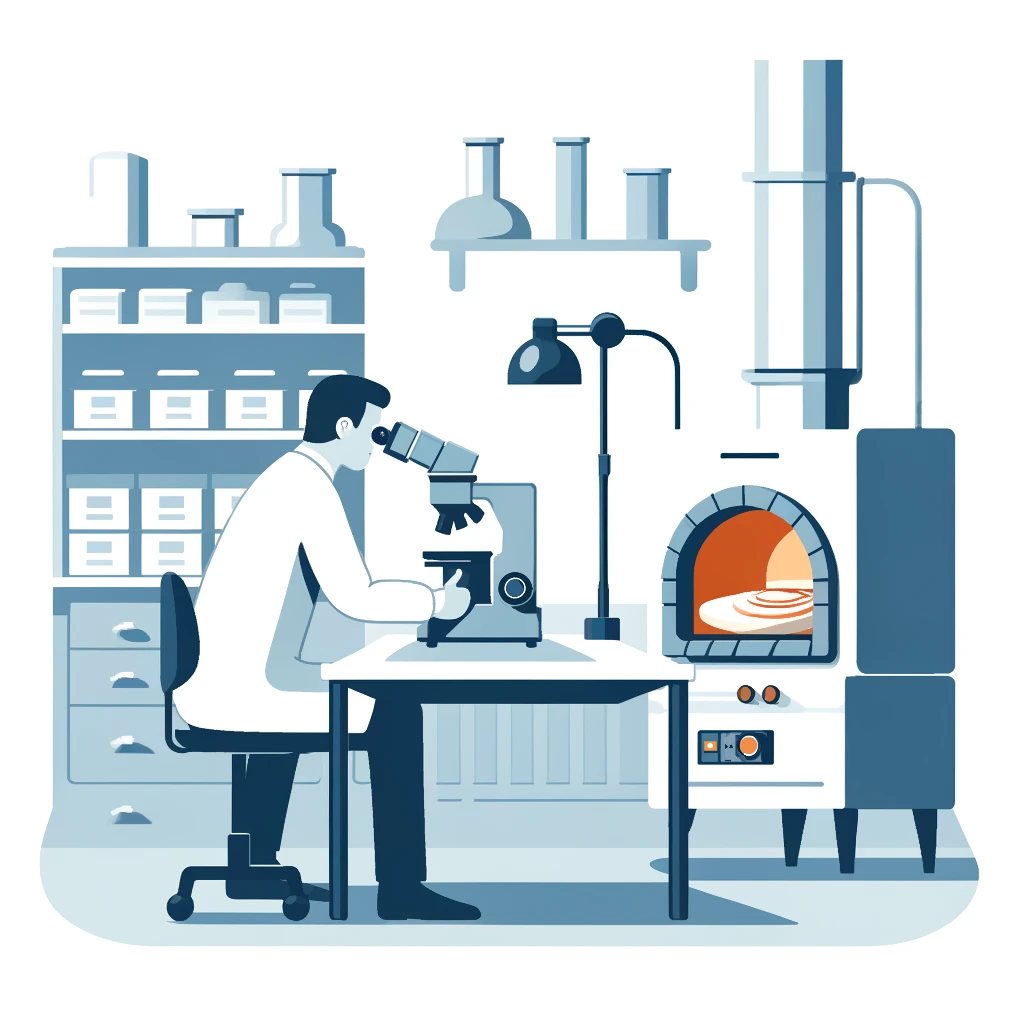Trends in Precision Ceramic Materials Development
New ceramics, known for high-temperature resistance, corrosion resistance, and exceptional hardness, are essential in thermal conduction, machinery, sensors, optics, medical, and new energy. Their unique advantages highlight the strategic importance of precision ceramics in industrial development.
E-mail:sales01@hkceramic.com
In recent years, the world is gradually shifting from traditional ceramics to new ceramics. Unlike traditional ceramics, which are limited to art and everyday items, new ceramics are widely used in cutting-edge fields such as thermal conduction, machinery, sensors, optics, medical, and new energy due to their exceptional heat resistance and biocompatibility. They have become a focus of international research.
New ceramics offer advantages such as high temperature resistance, corrosion resistance, wear resistance, exceptional hardness, and superconductivity, far surpassing traditional ceramics and existing metal or non-metal materials. Additionally, these materials exhibit unique properties like photosensitivity, gas sensitivity, thermal sensitivity, humidity sensitivity, and piezoelectricity, which are foundational for manufacturing artificial intelligence materials. Consequently, many economically and technologically advanced countries have elevated the research and development of new ceramic materials to a national strategic level, investing significant engineering expertise and funding into their exploration and development.
Precision ceramics, also known as high-performance ceramics or engineering ceramics, can be classified by their primary components such as carbides, nitrides, oxides, and borides. Depending on their application, they are further categorized into structural ceramics, cutting ceramics, and functional ceramics.
Unlike ordinary ceramics widely used in construction and light industries, precision ceramics have extremely high manufacturing requirements. Their raw materials must undergo rigorous selection to ensure high purity, with precise control over chemical composition to minimize unnecessary impurities. Additionally, the manufacturing process requires meticulous control over microstructures such as the size of sintered particles, interfaces, and pores. These detailed processes ensure that their excellent performance is fully realized.
In modern industrial technology, the performance requirements for materials often exceed those of metals or plastics. For instance, high-efficiency furnaces designed for energy conservation need to operate at temperatures exceeding 1500°C, whereas the temperature resistance limit of traditional metal materials typically hovers around 1200°C. Consequently, mechanical components in these high-temperature environments increasingly rely on ceramic materials. Apart from high temperature resistance, ceramics also generally outperform metals in terms of corrosion resistance and wear resistance.

